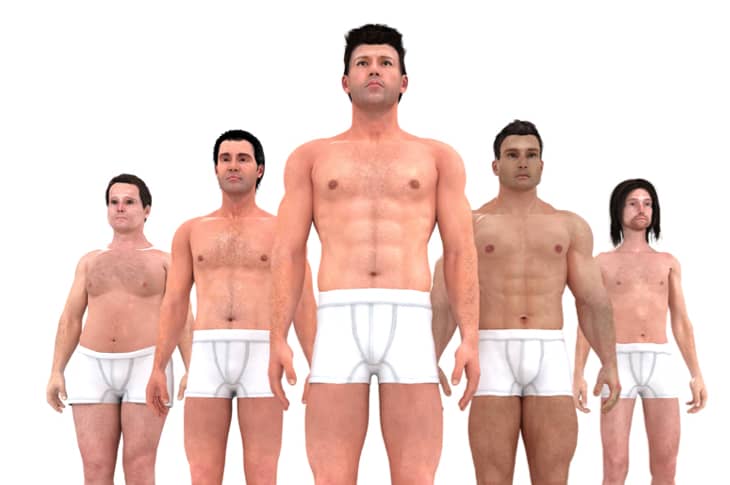
When looking at body ideals, it’s the bodies of women that are often scrutinized, with artists and those interested in health and culture looking into images of women dating back centuries or studying the fossils of recovered females. Historians compare how women were depicted and their body types are pored over and activists point to these evolving body ideals and say that it isn’t women that need to change with the times, it’s the ideals that need to stop altogether.
Feminists the world over, despite popular belief, generally advocate for the equality of both men and women. This means that most active feminists aren’t “man-haters” as is widely believed because, believe it or not, men suffer from the imposition of gender roles as well. For example, men are often called little girls, wimps, or gay if they cry or show too much emotion. They’re also pressured into finding work and being the breadwinner in their family, while being looked down upon if they stay home while their partner works.
These are just small examples of a much larger problem, but the point is that when we look at body ideals, why haven’t we been looking at men too? That’s exactly the question that artist and researcher Nickolay Lamm asked himself when undergoing a project to catalogue the body ideals for men over the centuries. Lamm has been invested in body types for quite some time, even creating Lammily dolls that have “standard human body proportioned” bodies to challenge Mattel’s Barbies. He decided to turn to the male form and used a 3D computer to model his characters.
By conducting research into the portraits of men as well as depictions of them in literature, he was able to come up with composite images that showed how the ideals have changed with time. Of course, the most change has been seen in the past few decades because of technology and media, which gives humans more access to images of male (and female) models and changes our idea of what people should look like.
1. 1870s: The Fat Men’s Club

In 1866 a Fat Men’s Club was started in Connecticut and spread throughout the country because being fat was a sign of wealth and the upper class. The club was restricted to those weighing 200 pounds or more, a feat which isn’t hard today in modern society, and went on until 1903, when America just wasn’t interested in the overweight body type. Today, obesity is associated with low economic status and a lack of body care, and is far from the body ideal for many people.
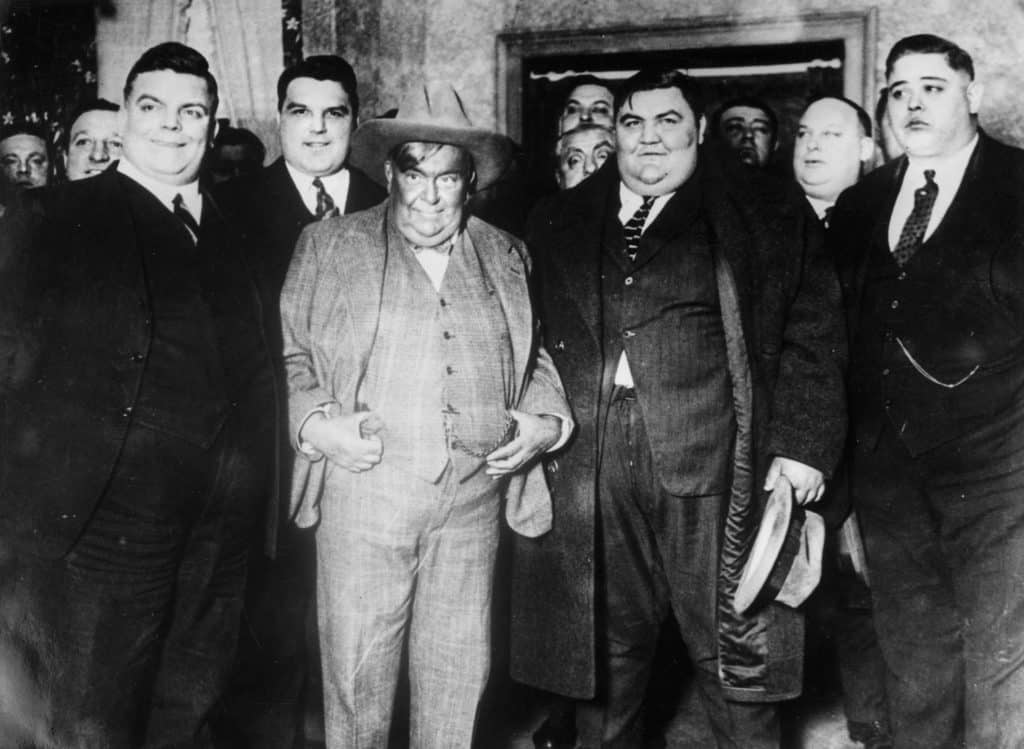
2. 1930s: The Muscular Mesomorph

The introduction of cinema brought to the screen many male figures whose faces and bodies are ingrained in the minds of Americans and brought new ideals to the general population. As Dr. Harrison Pope, author of The Adonis Complex, pointed out,
“Hollywood’s most masculine men of the 1930s, 1940s, and 1950s, John Wayne, Clark Gable, Gregory Peck – look like wimps in comparison to modern cinema’s muscular action heros – Arnold Schwarzenneger, Stallone, Jean-Claude van Damme.”
However, the muscular mesomorph of the time was the ideal, as a man’s job and their clean cut, Anglo-Saxon American look is what defined their attractiveness.
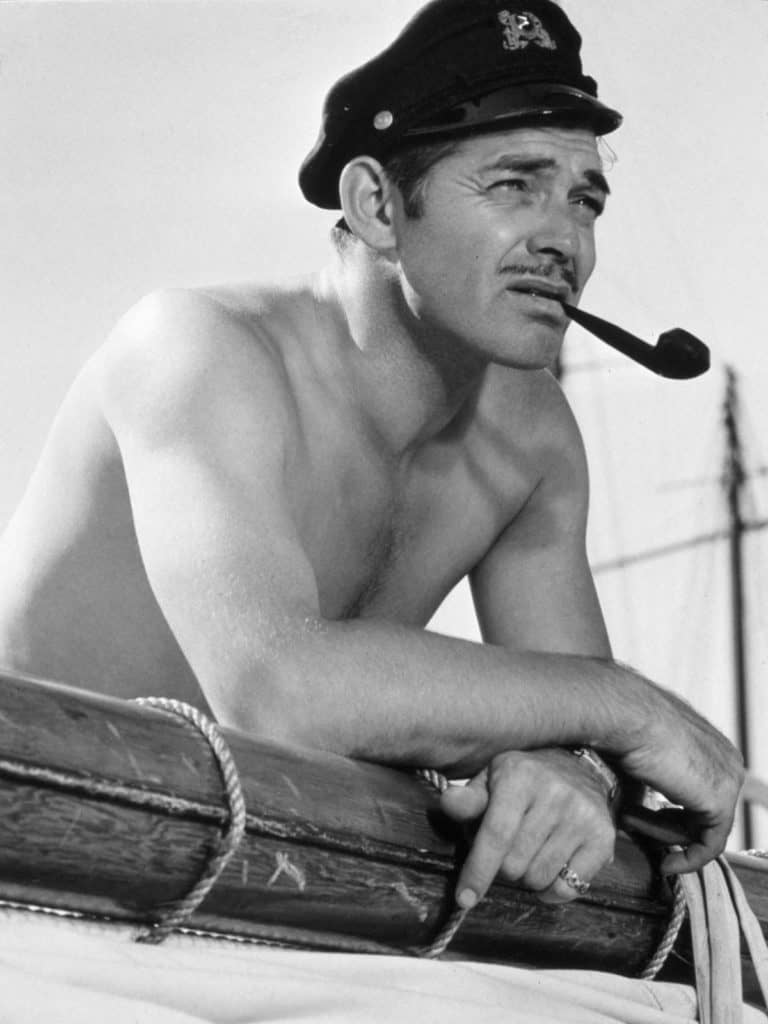
3. 1960s: The Lean Rocker
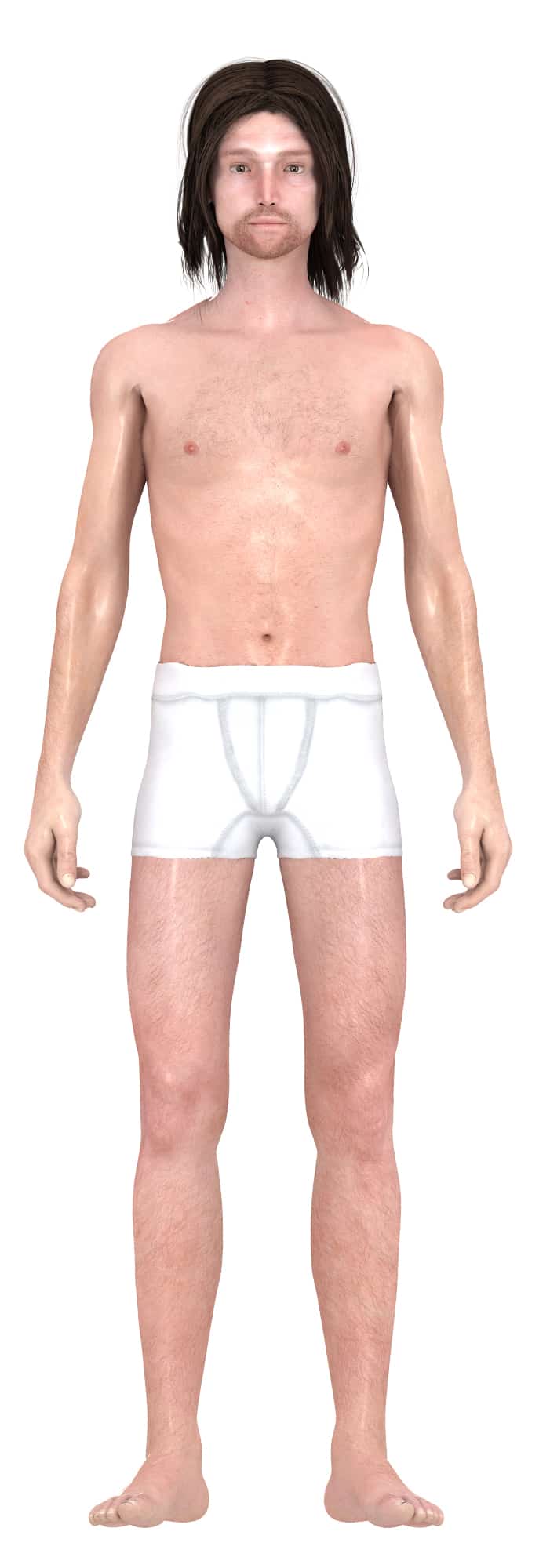
The post and mid-war decades brought about activism that the nation had never seen and an attitude against government and normal lifestyles that was unprecedented. With it came a distaste for “corporate bureaucracy, companies profiting from the Vietman War, and blind obedience to authority,” which included a defiance for the typical male look.
“Members of the counterculture were often the highly educated children of the prosperous and influential middle class; yet they turned their backs on affluence and conformity. With their attention focused on protest, social change, and discovering their inner beings, young men appeared to care little about fitness or body image. They didn’t work out, they were fond of drugs, and many seemed unacquainted with the notion of a comb. On the other hand, they were likely to prize the length of their hair, wore interesting clothes, and made a great fuss over eating natural foods,” said Lynne Luciano, author of Looking Good, Male Body Image in Modern America.

4. 1980s: The Muscular Man
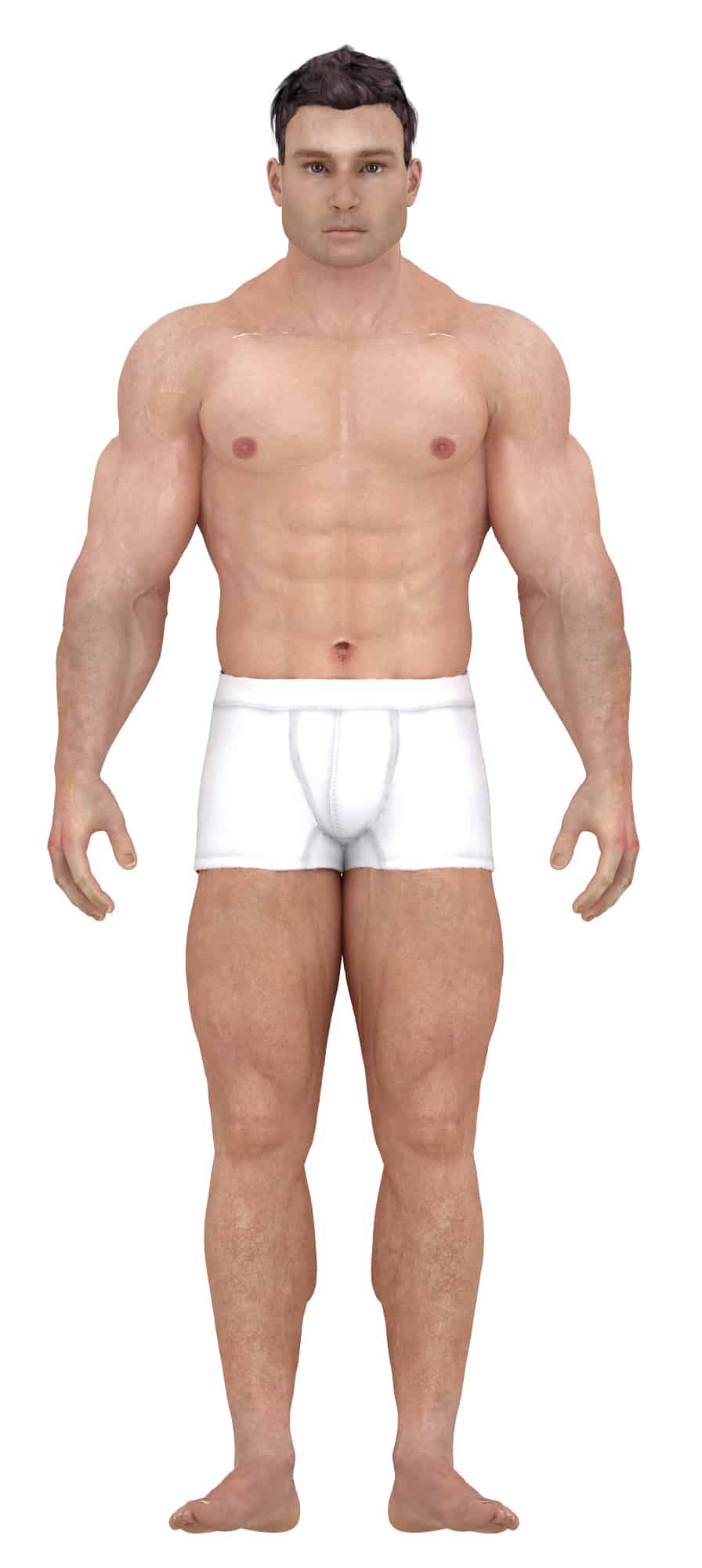
With the 80s came a focus on revealing clothes, a wave of action-based cinema, and actors like Arnold Schwarzenegger and Sylvester Stallone, who set the bar high when it came to muscular men. Health clubs, working out, and bulking up became popular and body building was now at the forefront for the average joe.
“The films operated on the notion that one man, a pinnacle of physique, would be the savior, and that strength, guts, and glory were the resolution to any challenge these characters would face,” reads HDNet Movies.
5. 1990s-present: The Everyman
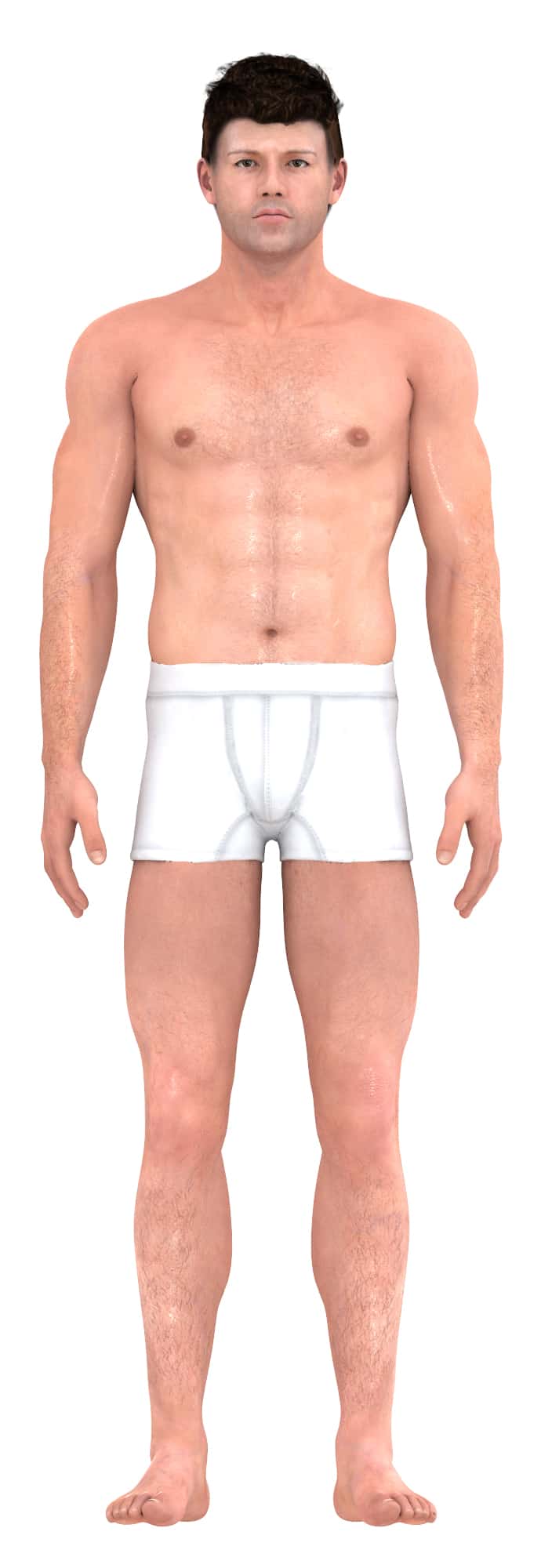
While today’s ideal is more reasonable than the 80s muscular man and healthier than the 60s lean rocker, it’s still pretty demanding of men in that it encourages a regular regimen of weight lifting and protein packed meals. As movies focus more on the everyday man, who also happens to be pretty buff, more men feel like they can fit into this ideal of being a regular person while also being highly attractive by today’s standards. When asked, most men and women prefer a lean but muscular body type for themselves and their partners.




